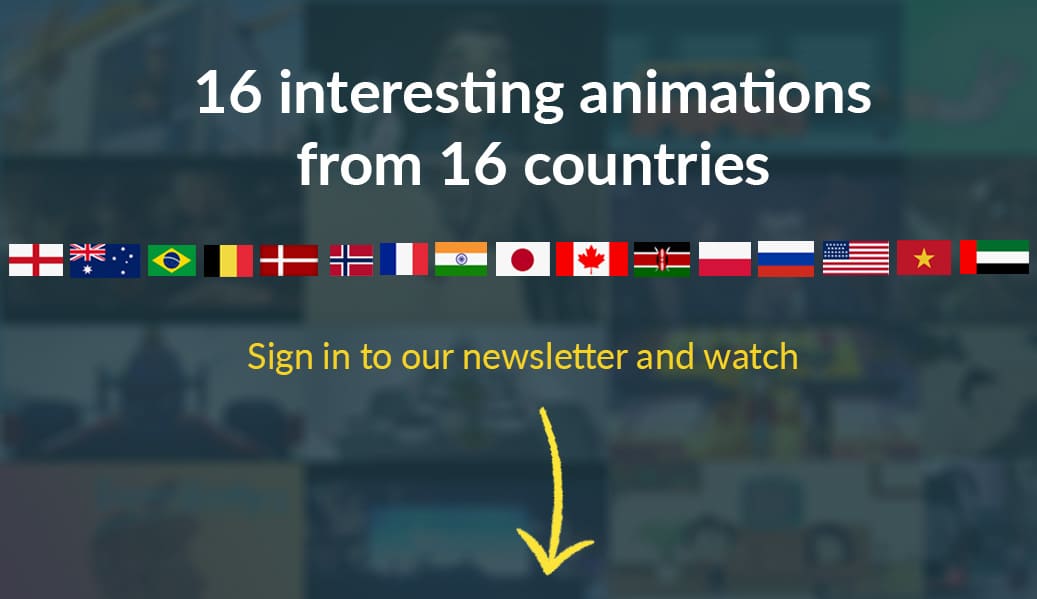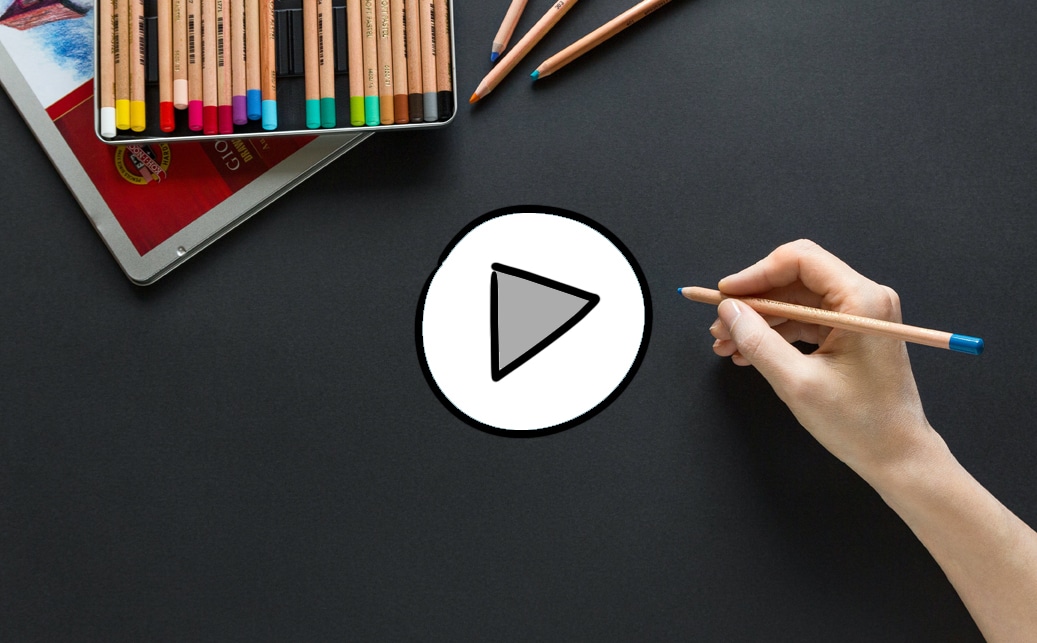Animated video can serve various purposes. For example, it can advertise a new product of a company, help it enter the market, explain regulations to potential customers, or explain socially important issues to an illiterate population.
This type of video is becoming more and more popular. Firstly, it is effective. Secondly, it allows you to stand out.
Below are six examples of the use of animated video.
1. Animated video: explaining the Democratic Party’s climate strategy
The first thing that strikes you when looking at this animated video is how detailed it is. The drawings are clear, yet beautiful. Every element that appears in it accurately accentuates the words of the voiceover.
In this case, the animation allowed the creators to take the viewer back to the past and show why the “Green New Deal” legal package, designed to combat global warming, among other things, was not passed in the US. The creators contrast it with the current legal situation and show how the lobby against these changes works.
Alexandria Ocasio-Cortez, an American politician, belonging to the Democratic Party, is the voiceover artist. The cartoonist is award-winning artist Molly Crabapple.
The animated video has been viewed by nearly 900,000 people on YouTube alone. It was also very popular on Twitter and received media attention.
2. Animated video: promoting a startup
Our clients most often point out this animation as an example of a whiteboard animation they themselves would like to have in their company. And no wonder, because it is visually appealing and above all effective.
“Więcej niż LEK” is an online course for future doctors, which helps them prepare for the Medical Final Examination.
Our task was to show what makes it different from other courses, how it works, why it is effective and why you should use it. Whiteboard animation lasted only 1.5 minutes, so we had to choose every word carefully.
The advantage of this form of communication is that we can show visually what we do not have time or do not want to convey in the text. But we don’t have to – we can also focus on emphasizing and highlighting the most important words.
In the first weeks of the campaign, the company recorded 800 newsletter signups, which translated into 324 people enrolled in the first edition of the course. This meant over 100 thousand EUR of generated revenue.
We write more about this case study here.
3. Animated video: overcoming cultural barriers
An interesting case of using animated video was an educational and research project carried out in northern Canada – funded, among others, by government organizations dealing with the protection of the Slave River.
The problem is serious, because the areas surrounding the Slave River have seen the impact of destructive human activity for years, and the river’s water is periodically polluted by industrial factories.
“But why educate indigenous people about this?” – you may ask. It was necessary because pollution from factories directly affects these people’s health and quality of life. And the first step to improving this is education.
“And why whiteboard animation?” – begs another question. An animated video allows you to tell a story and storytelling is cross-cultural and overcomes communication barriers.
The process of creating this animated video itself was very interesting.
Usually a company meets with a client and, based on the materials and brief received, prepares an outline of the script.
In this case, the creators of the animation faced a challenge at the beginning: how to show the content in such a way that the symbols and images presented were understood by the indigenous people? How to go beyond cultural differences?
They conducted several hours of interviews with 11 elders from the communities targeted by the animation. After a thorough analysis, they pieced together a story and prepared a table of images and symbols.
The final result is a 13-minute whiteboard animation. It tells the story of the changes that have occurred on the Slave River over the past 100 years.
When asked about the end result, indigenous people said that the whiteboard animation captures the problem well and is understandable. However, there has been no extensive research on its effectiveness.[1]
4. Animated video: communication about strategy
“The company’s content marketing strategy” – for many employees, this does not sound particularly fascinating. Therefore, Coca-Cola, to help employees understand the topic and increase their engagement, released the following animated video in 2011.
Interestingly, the animation was prepared primarily for internal purposes – to educate employees about the brand strategy. However, the company shared it with the whole world. And “the world” responded with an enthusiastic response.
Content is about brand engagement and communication. Anything that allows the customer to interact with the company about the brand becomes content. So content should be a little bit of everything,” said animation originator Jonathan Mildenhall, then VP of Global Advertising Strategy and Creative Excellence at Coca-Cola.[2]
5. Animated video: education through YouTube
- What happens in a body infected with coronavirus?
- What would happen if you only drank energy drinks?
- How does the brain function under the influence of LSD?
These are just a few of the hundreds of whiteboard animation topics produced and published on YouTube by ASAP Science.
The channel is run by two Canadians, Mitchell Moffit and Gregory Brown, and is watched by nearly 10 million people. While their animations are light-hearted in order for viewers to get a good understanding of the issues being discussed, the pair puts in a lot of work.
To simplify the topics discussed as we do in our animations, we need to thoroughly understand the scientific themes we are covering. Therefore, we start with thorough research, summarize the information we have gathered, and then synthesize it to create a simple scenario. The next stage is coming up with a visualization and shooting it. In the process, we usually come up with original and engaging ways to present a topic,” say the channel’s creators.[3]
Although the pair creates educational videos on scientific topics, the same is true for animations for corporations created by agencies.
A 1 minute whiteboard animation involves many hours of familiarization with the company’s materials and goals, and an additional few dozen hours of work on the animation itself. The work is required to make the animation effective and meet the client’s expectations.
6. Animated video: civic education
“In the UK something special happens every five years. An election. On one day, every eligible person in the UK casts a vote and takes part in electing a local representative to parliament.”[4]
Now turn on the video below. Which form of the message appeals to you more?
Whiteboard animation doesn’t change anything about the content; it just provides an engaging and relevant visual representation, so more people are more likely to listen to what you have to say. And the message will be memorable to them.
The animated video below was produced by the UK Parliament for students to explain how elections work and why they matter. The voiceover is by well-known English journalist Rick Edwards, which is an added bonus when wanting to target young people.
This isn’t the first time the British government has used animation. In 2014, it released an 8-minute vector animation on how parliament works.
It was apparently happy with the form since he reached for it again a few years later, except this time in a hand-drawn version.[5]
aAimated videos can be used in many ways. If you want to see more examples, click here:



